Family History Preservation: Expert Guide to Climate-Controlled Storage for Genealogical Materials
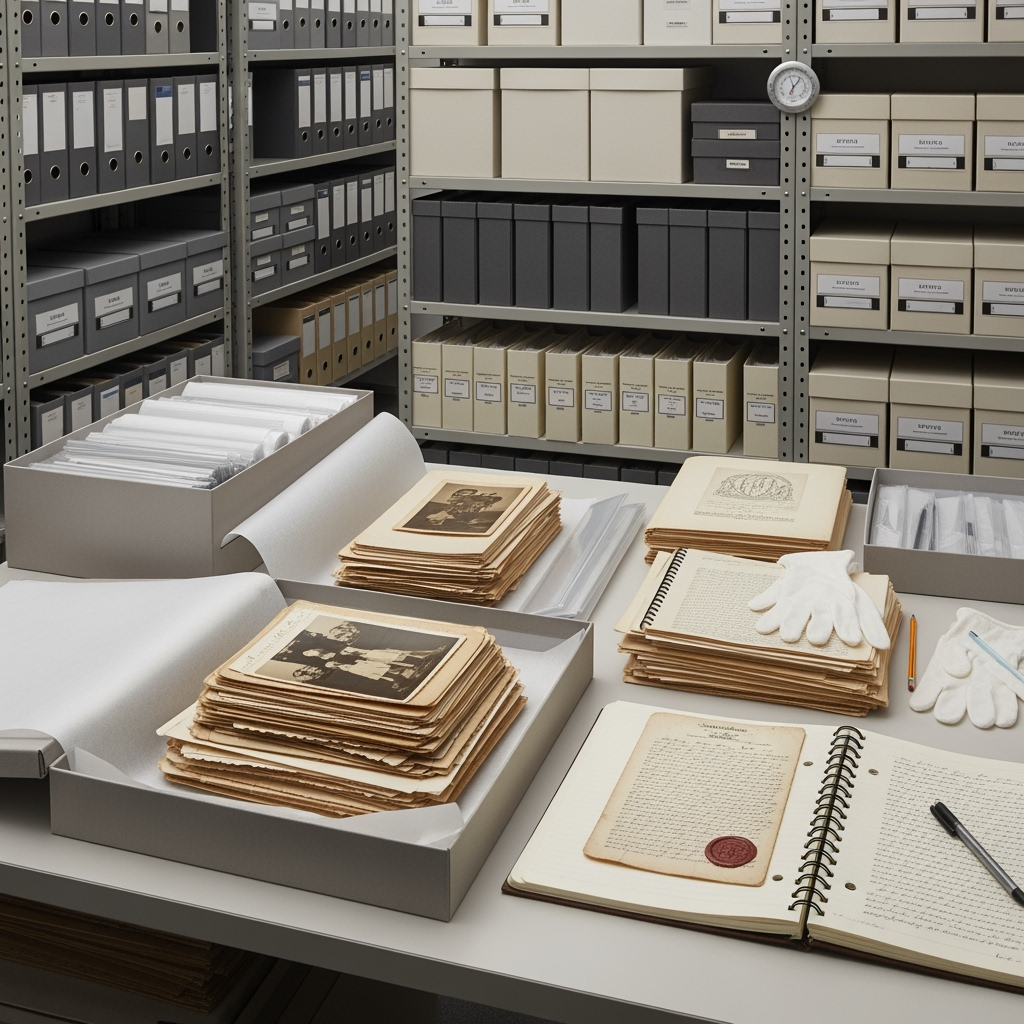
Preserving your family’s history is more than just collecting documents and photos—it’s about protecting irreplaceable memories and valuable genealogical research for future generations. In this comprehensive guide, we’ll explore how climate-controlled storage can help safeguard your family’s historical legacy.
Why Climate-Controlled Storage is Essential for Family History Materials
Family history materials are particularly vulnerable to environmental damage. Temperature fluctuations, humidity, and improper storage conditions can quickly deteriorate precious documents, photographs, and heirlooms. Climate-controlled storage provides the stable environment these materials need to survive for generations.
What to Store in Climate-Controlled Units
- Family photographs and albums
- Birth, marriage, and death certificates
- Immigration documents
- Family Bibles and religious records
- Personal journals and diaries
- Genealogical research papers
- Family trees and charts
- Video and audio recordings
- Digital storage devices with family history data
Optimal Storage Conditions for Genealogical Materials
To properly preserve family history materials, maintain these ideal conditions in your climate-controlled unit:
- Temperature: 65-70°F (18-21°C)
- Relative Humidity: 45-50%
- Protection from direct sunlight
- Clean, dust-free environment
- Good air circulation
Best Practices for Document Storage
Follow these essential tips to maximize the preservation of your family history materials:
- Use acid-free storage boxes and folders
- Remove metal paperclips and staples
- Store photographs in archival-quality sleeves
- Keep documents flat to prevent creasing
- Label everything clearly with acid-free markers
- Create a detailed inventory system
Digital Backup Considerations
While storing physical documents, consider maintaining digital backups:
- Scan important documents at high resolution
- Store digital copies on multiple devices
- Use cloud storage for additional security
- Keep backup drives in climate-controlled storage
- Update storage media every 5-7 years
Organizing Your Family History Storage
Create an efficient system for accessing and preserving your materials:
- Sort documents by family line or time period
- Create a cataloging system
- Use archival-quality dividers and labels
- Keep a master inventory list
- Include location markers for easy retrieval
Monitoring and Maintenance
Regular maintenance ensures long-term preservation:
- Check materials quarterly for signs of damage
- Monitor temperature and humidity levels
- Inspect for pest activity
- Clean storage areas with appropriate materials
- Update your inventory as needed
Special Considerations for Different Materials
Photographs
Store in acid-free albums or sleeves, away from direct light. Keep negatives separate from prints.
Paper Documents
Use acid-free folders and store flat in archival boxes. Avoid plastic sleeves that could trap moisture.
Digital Media
Keep in protective cases, away from magnetic fields, and update storage formats periodically.
Emergency Preparedness
Protect your family history materials from unexpected events:
- Create a disaster response plan
- Keep emergency contact numbers handy
- Store materials above ground level
- Consider insurance for valuable items
- Maintain digital backups in separate locations
Choosing the Right Storage Unit
Select a storage facility that offers:
- Reliable climate control systems
- 24/7 security monitoring
- Clean, well-maintained units
- Easy access for regular monitoring
- Professional pest control
Conclusion
Preserving family history materials requires careful planning and the right storage environment. Climate-controlled storage provides the optimal conditions needed to protect these irreplaceable items for future generations. By following these guidelines and maintaining proper storage conditions, you can ensure your family’s legacy remains intact for years to come.
Remember, the investment in proper storage today helps preserve priceless family memories for tomorrow. Consider climate-controlled storage as an essential part of your family history preservation strategy.





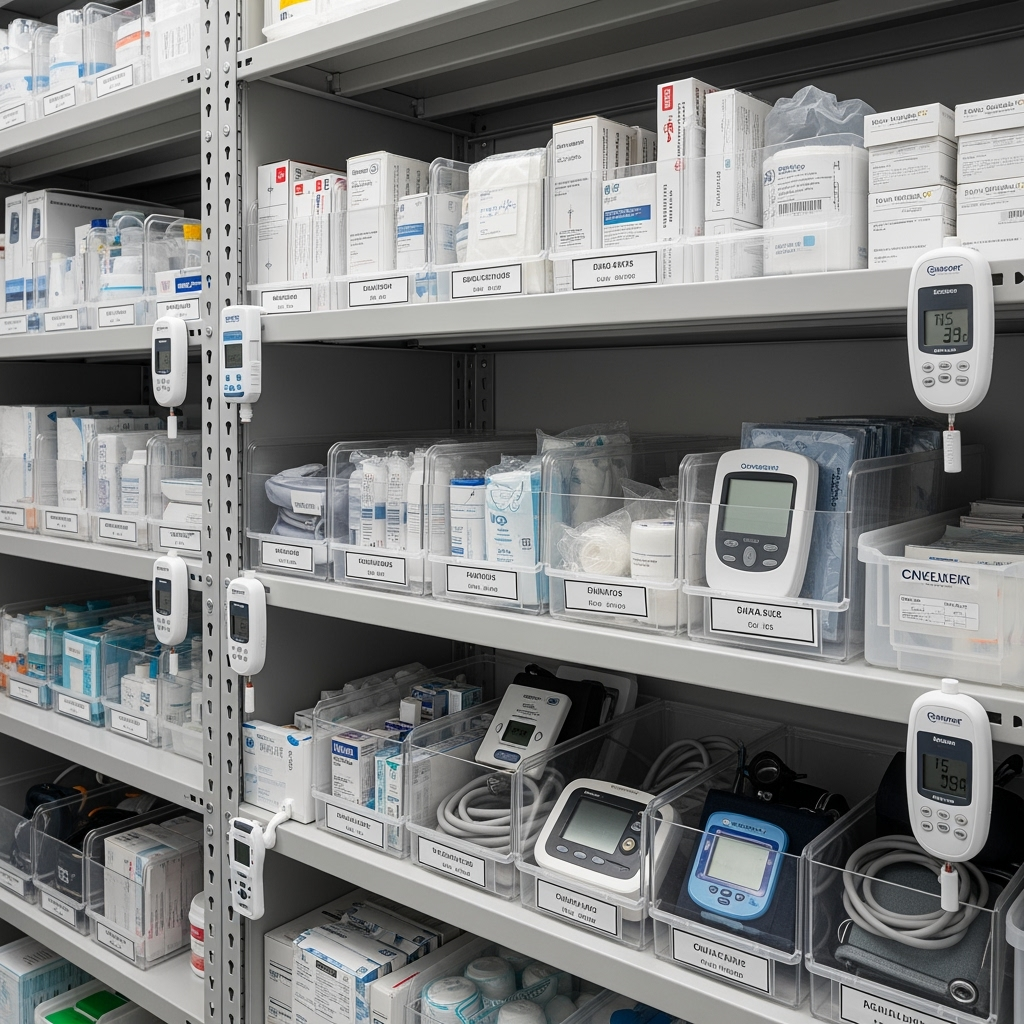
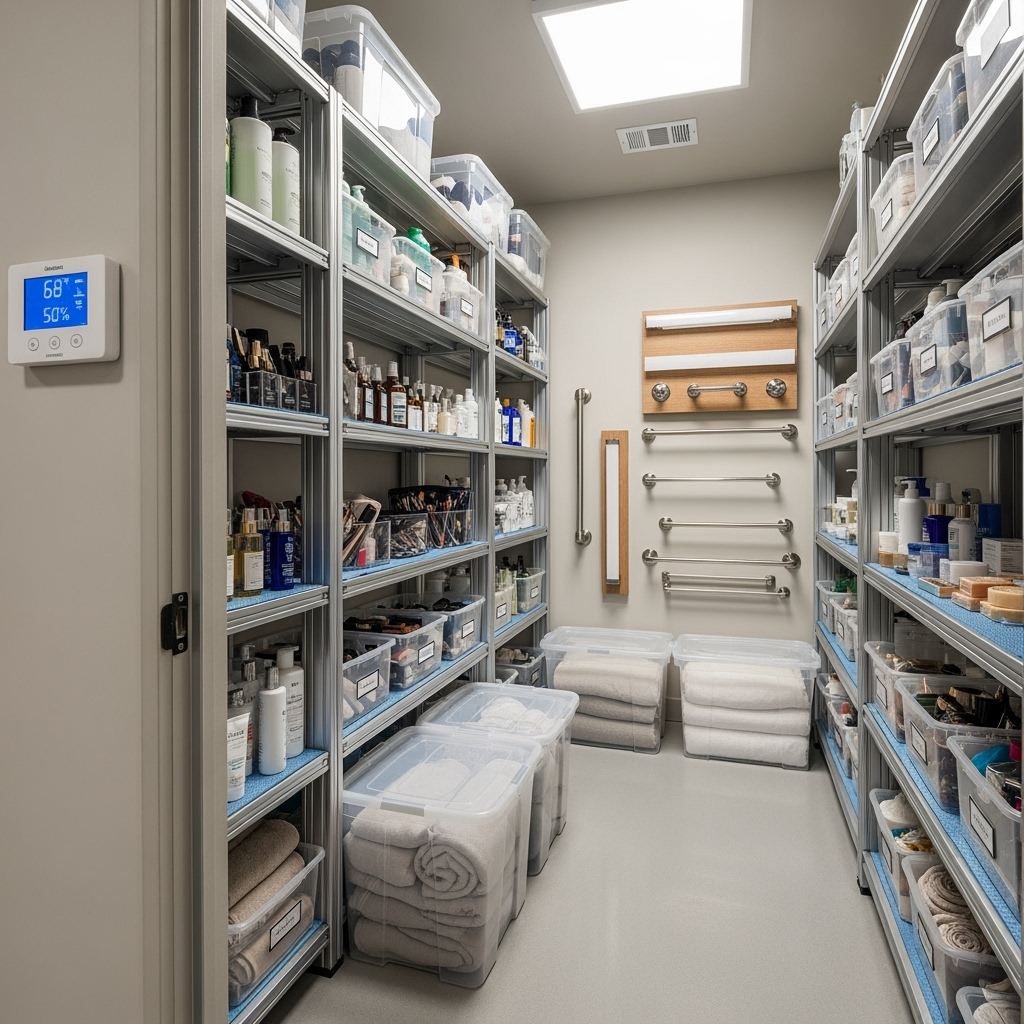
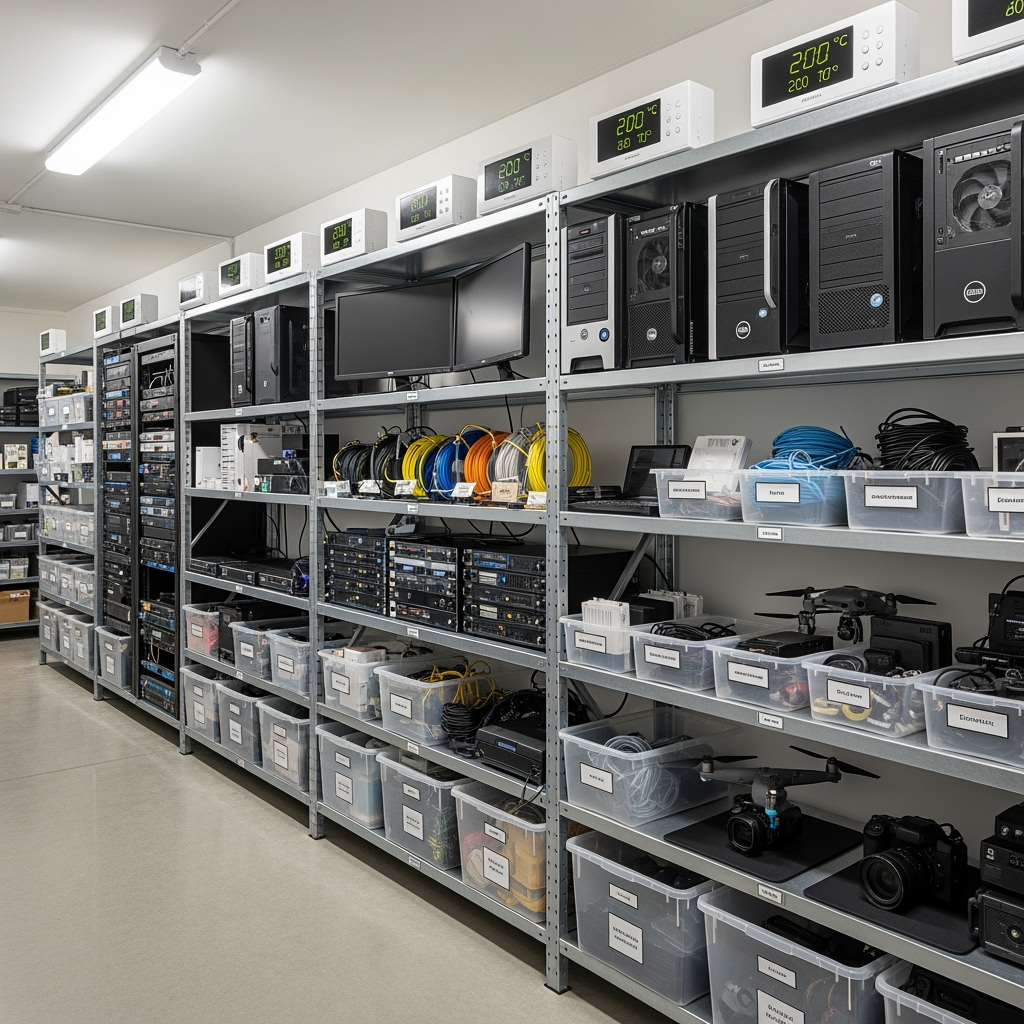

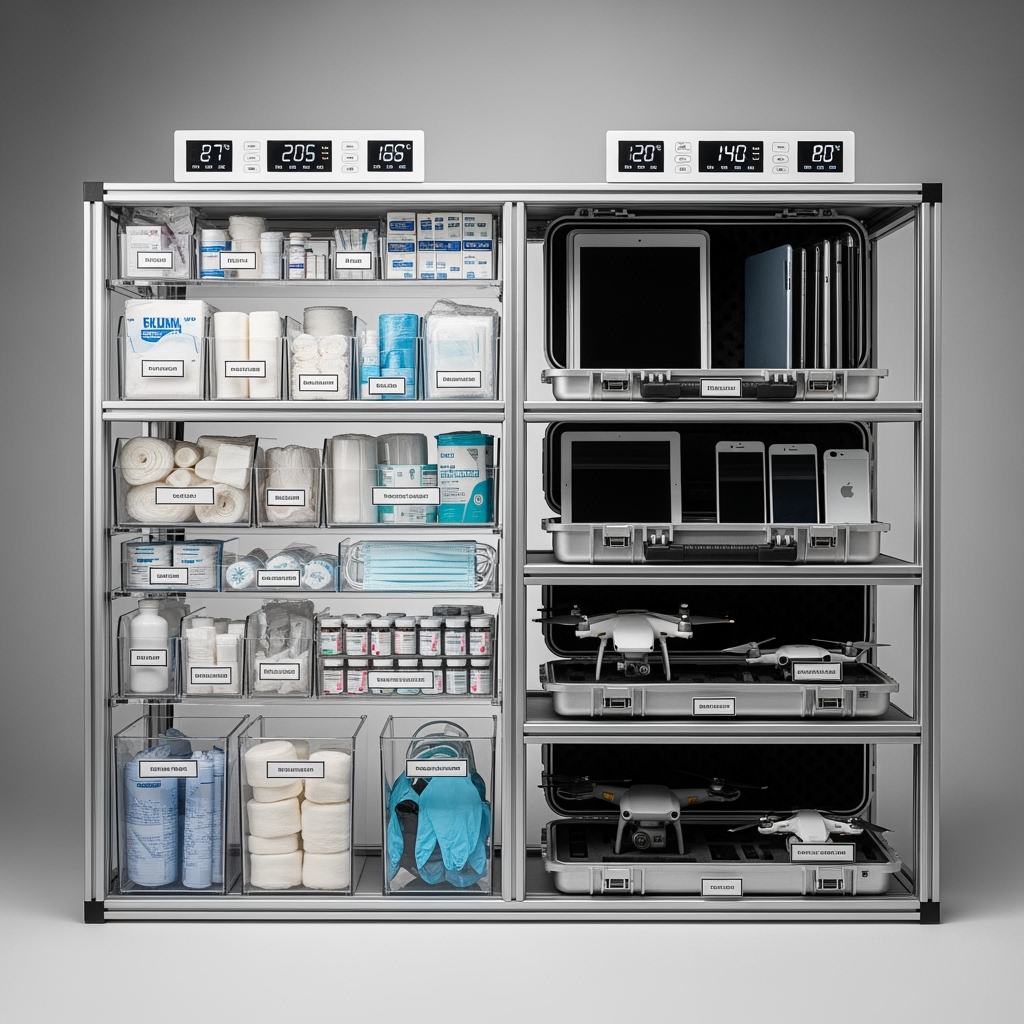
Leave a Reply